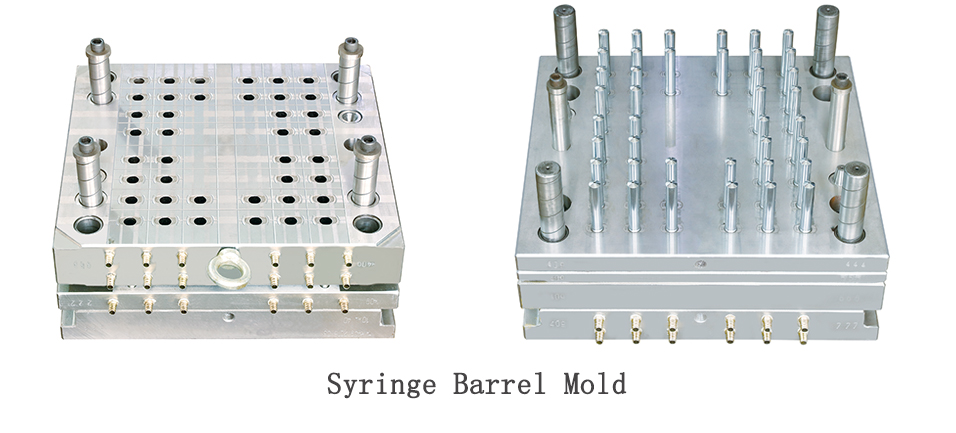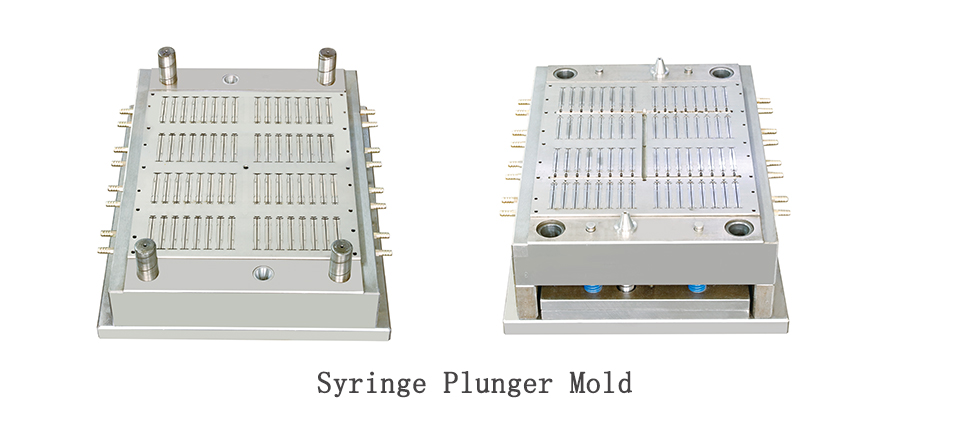Syringe Mould is a kind of plastic Medical Mould for disposable plastic syringe production. Syringe Mold includes syringe barrel mold, plunger mold and gasket mold. Our mold is usually made from S136, P20, 60# and Cr12 steel, and its material can also be customized.
Our mold is not only of pretty long working life, reaching 3 million shots, but also always of high precision to promise you high-quality syringes.
Mould Parameter:
Mould Life: 3,000,000 shots
Mould Cavity: Multiple cavities, can be customized
Runner Type: Cold runner, semi-hot runner
Mould Steel: Core and cavities: S136/Cr12/DC53
Base: 60#/5GrNiMo/4Cr13
(the mould steel can be customized as well)
Product Material: PP/PE


FAQ:
1. How about the delivery time?
About 100 days after your advance payment.
2. How about the payment terms?
Usually it is 30% advance payment before the production and balance payment 70% before the shipment by T/T. Flexible payment can be negotiable.
3. Can we visit your factory?
Sure. Your visit will be much welcomed at any time.
Syringe Mould
Syringe Mould,Syringe Mold,Syringe Needle Cap Mould,Disposable Syringe Mould
Yuhuan Zhengri Technology Co., Ltd. , http://www.syringemachine.com
